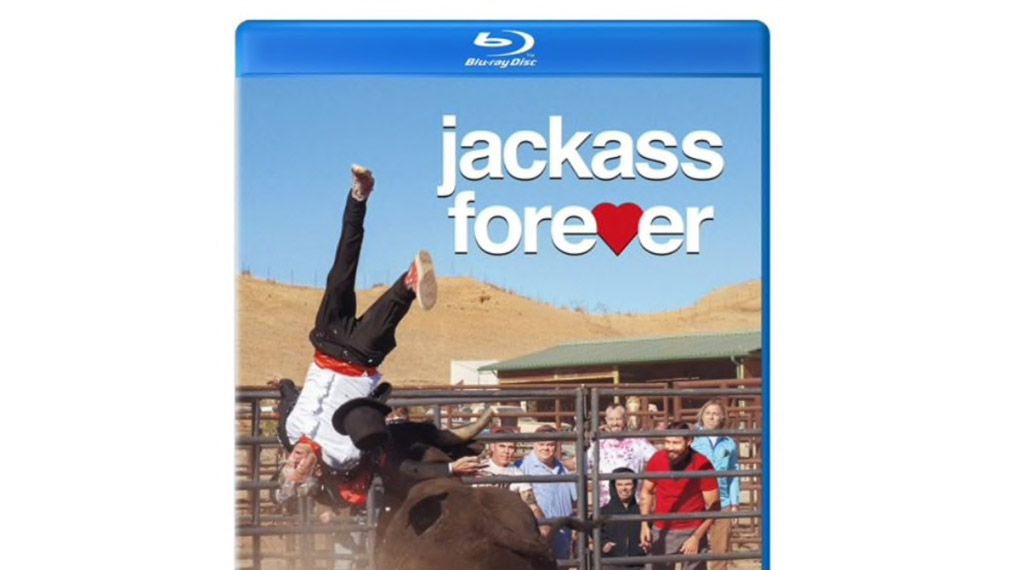TL;DR
Remember Jackass? The franchise that defined outrageous stunts is back with Jackass Forever, reuniting the original crew (minus some notable absences) for more pain and laughter. While it delivers plenty of hilarious moments and a welcome shift towards less gross-out humor, the latest installment doesn't quite hit the same heights as its predecessors, with a lengthy intro and new cast members struggling to match the original charisma. Still, if you're a fan craving more slapstick mayhem, there's still plenty to enjoy. Dive into the full review to see if Jackass Forever is a must-watch!
In the late 90s, MTV (Music Television) shifted its programming strategy, moving away from its core focus on music videos to reality TV and other content in an effort to retain viewership. A particularly notable program was the series Jackass. The premise was simple: a group of stunt performers engaged in outrageous and often dangerous stunts, capturing it all on film. These stunts ranged from skateboarding directly into walls to bungee jumping with a porta-potty and even provoking bulls. While the program garnered significant attention, it also faced criticism, with many viewers attempting similar stunts and sustaining injuries. Eventually, the series became heavily regulated, altering its fundamental nature and ultimately leading to its discontinuation.
Almost precisely 20 years ago, the first Jackass feature film premiered, initially intended as a final send-off to the fanbase. However, the film’s unexpected success, grossing twelve times its relatively modest five-million-dollar budget, naturally prompted discussions about a sequel. Four years later, Jackass Number Two debuted and, mirroring the success of its predecessor, paved the way for a third installment. Following the established trend of 3D releases in franchises, Jackass 3D premiered in 2010. This film remains a personal favorite, with its memorable and well-executed slow-motion introduction.
Following the third film, declarations were made that it would be the *last* – until Johnny Knoxville contacted director Jeff Tremaine with the proposition of creating another Jackass film. The original cast reunited for a series of test days to evaluate the viability of the concept. After a brief period of experimentation, they concluded that the potential for comedic and outrageous stunts remained.
In Jackass Forever, the original ensemble returns, with the exception of Ryan Dunn, who tragically passed away in a car accident after the third film. Bam Margera was also absent, having been dismissed following a COVID-19-related production hiatus, a decision that led to legal action against the group by Margera. Although Margera participated in some initial filming, he appears subtly in the final cut but does not have a prominent role.
The introductions to the Jackass films have historically been entertaining and chaotic, and Jackass Forever maintains this tradition with considerable effort. However, the extended length of the opening sequence diminishes its impact, causing the initial excitement to wane before the rest of the film unfolds.
While the new cast members bear some resemblance to the original crew, they lack the same inherent charisma and on-screen presence. Furthermore, their stunts often feel less elaborate and somewhat underwhelming.
Jackass Forever features moments of genuine hilarity, such as the night-vision goggle prank in a darkened room. However, other stunts, like sliding bare-chested through cacti, feel gratuitous and lack comedic impact.
One notable aspect of Jackass Forever is the reduced emphasis on overtly grotesque content compared to previous installments. While some instances remain, they are less frequent and pronounced. This shift is a welcome change for those who have been less receptive to that particular element of the franchise.
The Blu-ray edition offers good overall picture quality, consistent with content filmed using standard HD cameras. The sound design is particularly noteworthy. A sequence involving bees features meticulously crafted audio mixing that creates the immersive sensation of bees buzzing around the viewer’s head. The extra material includes several unaired sequences, some of which are highly entertaining.
In conclusion, Jackass Forever provides entertainment value but ultimately fails to reach the exceptional level of previous films in the series.
SF Studios provided review copies for this evaluation. The provision of materials does not influence our editorial independence. Our reviews are conducted independently, with a focus on providing accurate and unbiased information to our readers and consumers.
